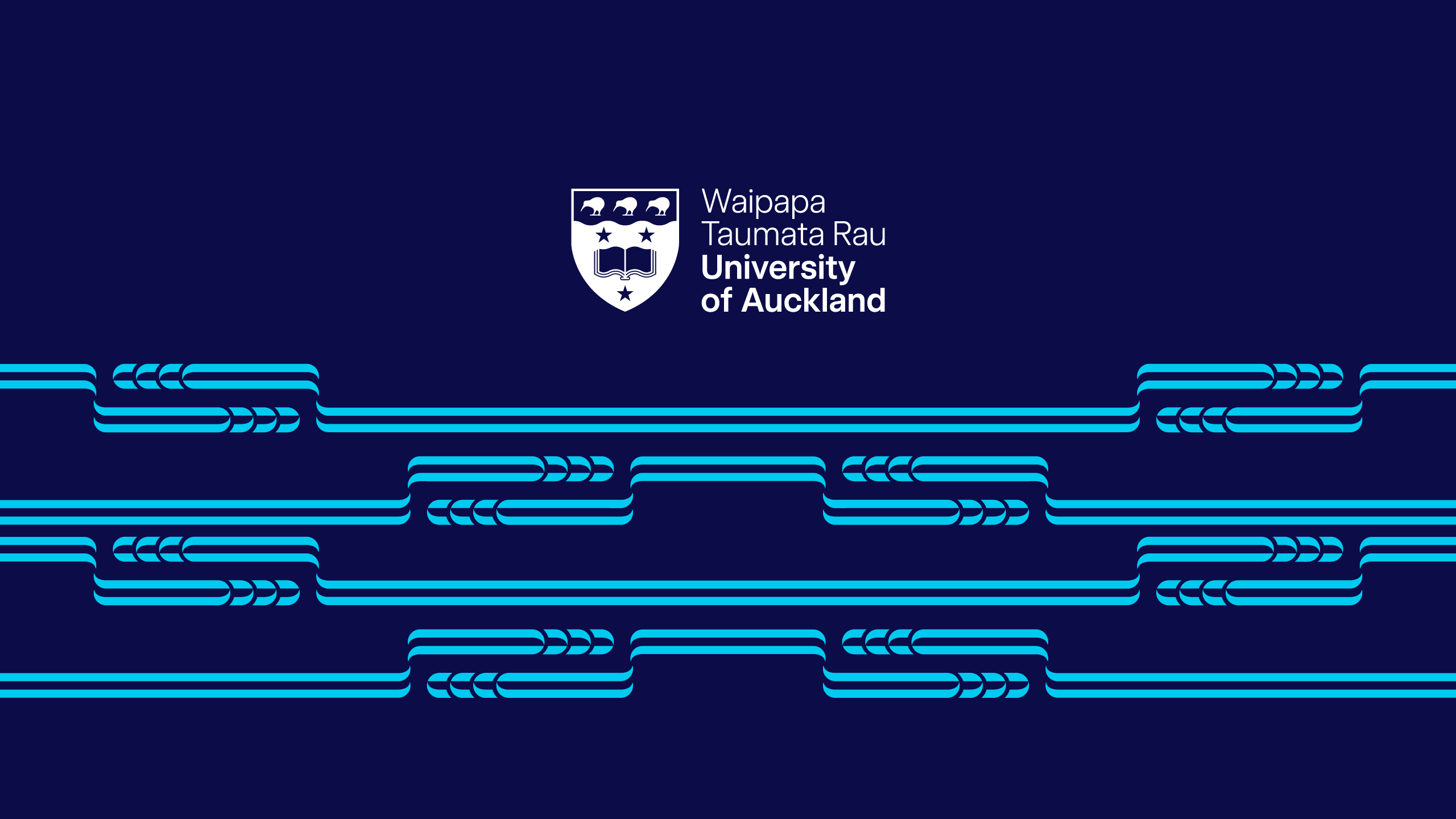Four ideas for a smarter energy future
While households struggle with soaring electricity bills and thousands are left without power following storm events, pressure is building to move to more sustainable energy sources and rein in spiralling emissions.
What can be done? Peter Griffin highlights four smart solutions from University of Auckland researchers for a more affordable and sustainable energy future.
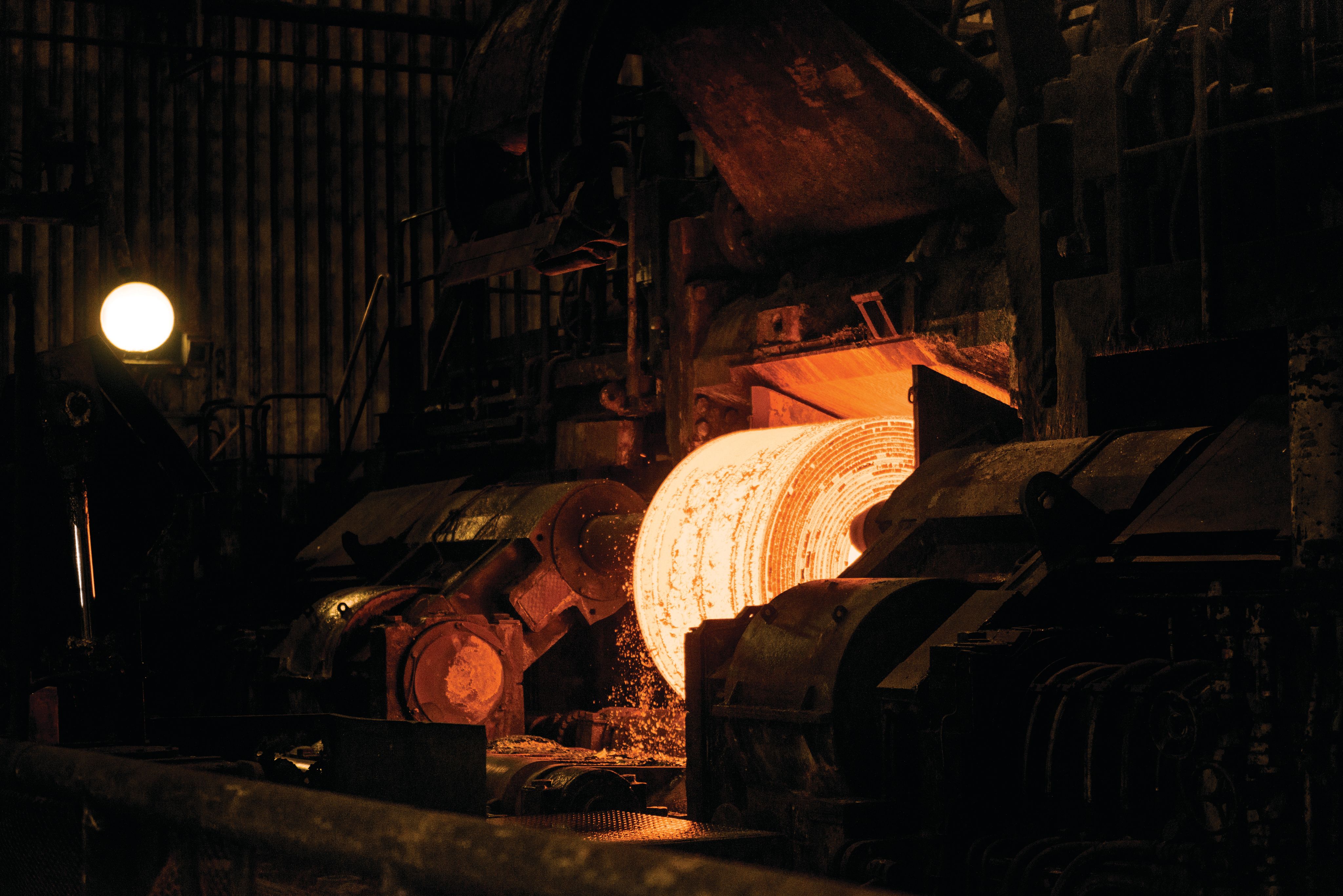
1. Industry flexibility
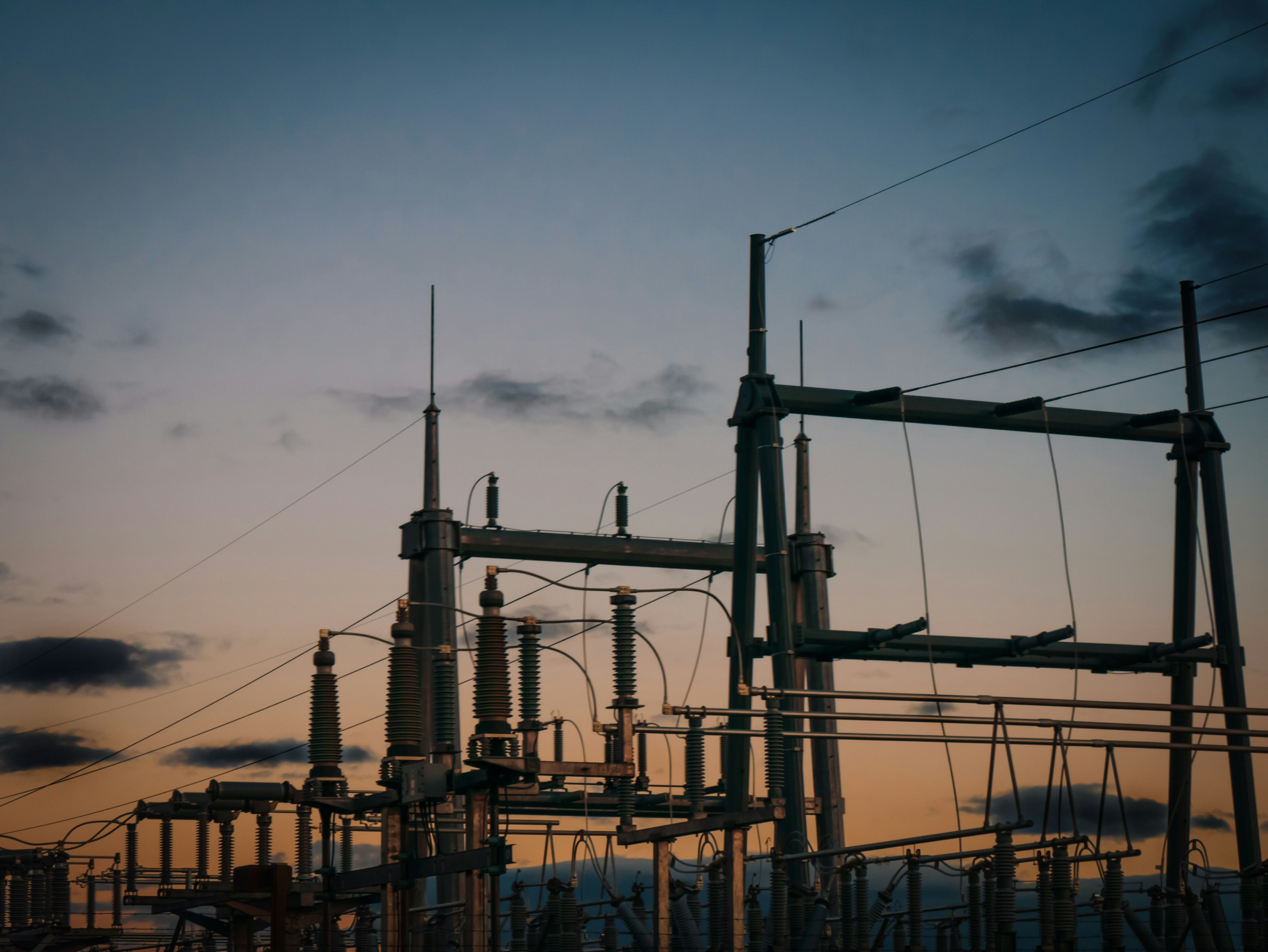
This past winter, some New Zealand manufacturers sounded the alarm that spiking power prices and insecure energy supply posed a threat to their very existence.
But University of Auckland professors Brent Young and Emilson Silva are building a new playbook that they hope will provide industry with a more secure energy future.
Their work targets New Zealand’s growing energy volatility challenge. As the grid adds more renewable (but less predictable) energy sources, like wind and solar, there are also shortfalls in hydropower and gas. They’re factors amplifying price spikes and supply risks – those issues flagged as existential threats to some manufacturers.
Their core idea is to run factories more flexibly, so they can store and release energy during production – like a so-called ‘virtual dynamic battery’. And those store-or-release choices can be coordinated using a network of digital twins.
“A digital twin is basically a digital model of your plant that is connected to that physical system and is used for decision making,” explains Professor Young, director of the Industrial Information and Control Centre (I²C²).
He likens the twins’ role to simulating ‘what‑if’ scenarios, which then inform when to time-shift energy use in a plant without sacrificing output.
Professor Silva, director of the University’s Energy Centre, says the aim is to better coordinate supply and demand among large industry, so it can avoid costly peaks and maintain production. And a solution that addresses the energy trilemma of security, sustainability and affordability is key.
“If you go for one, you could go very sustainable, but if it’s unaffordable and insecure, that’s a solution no one wants,” he says.
Greater energy flexibility for industry can also benefit everyone, he adds, by lowering economy-wide energy costs and accelerating New Zealand’s transition to a low-carbon future.
New Zealand Steel’s Glenbrook Steel Mill is the proving ground for what this could look like. It’s home to a $300 million electric arc furnace, thanks to a co‑investment with the government and an innovative energy supply deal with Contact Energy, which has built-in flexibility to scale down production at times of peak energy demand or supply shortages. It’s also expected to cut Glenbrook’s emissions by more than 45 percent, or 1 percent of national emissions.
For New Zealand Steel energy manager (and Auckland alumnus) Alan Eyes, the value of flexibility is clear: it can help mitigate demand destruction – when industries cut back because energy is too costly or unreliable. And it can reduce the need to build new infrastructure to deal with rare demand peaks, which drives up everyone’s bills.
“Flattening the demand curve is key,” says Eyes, but adds that the market currently offers few ways to support it. The Contact partnership shows how contracts and control systems can align plant operations with grid needs – provided policy and market settings catch up.
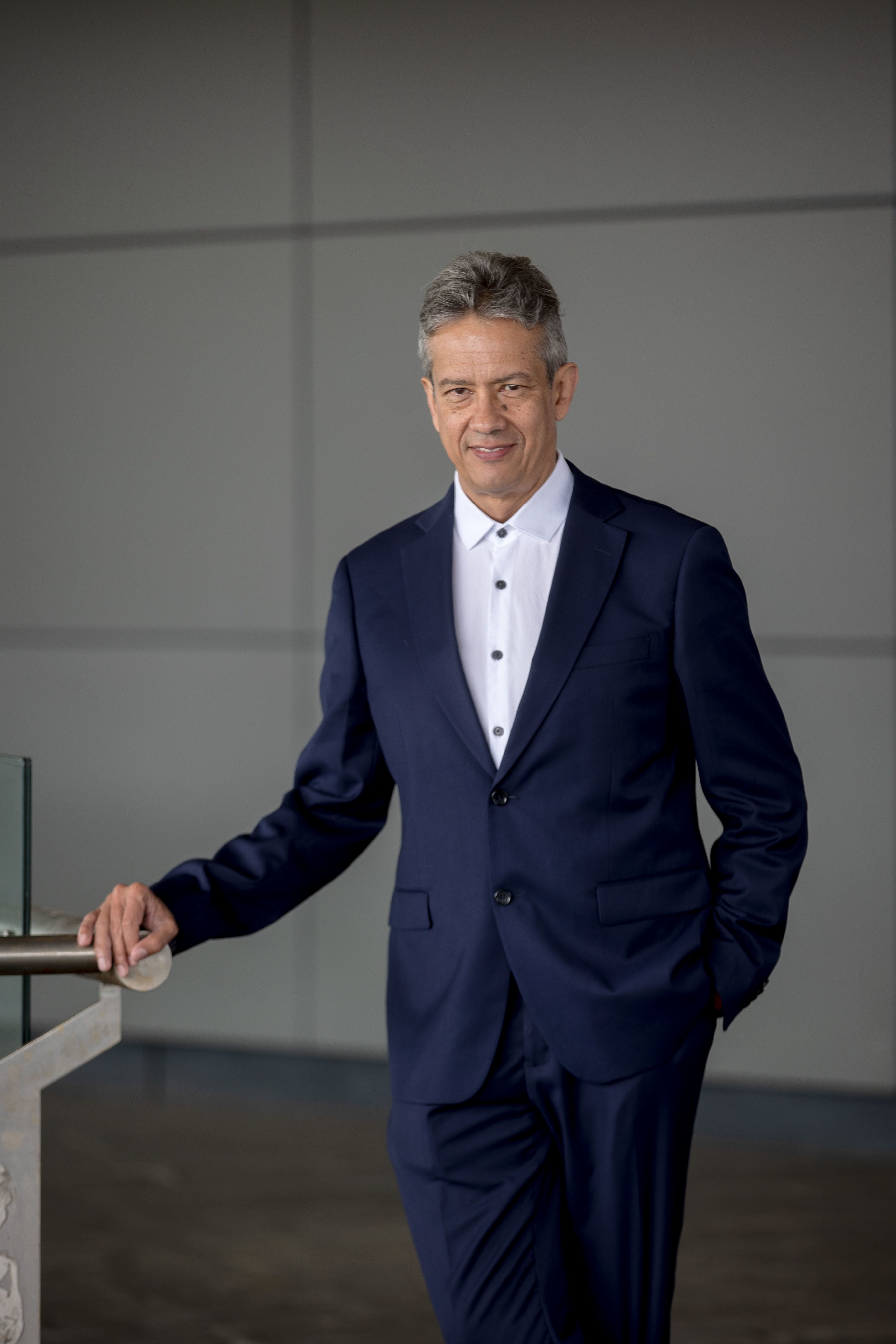
2. Remote resilience
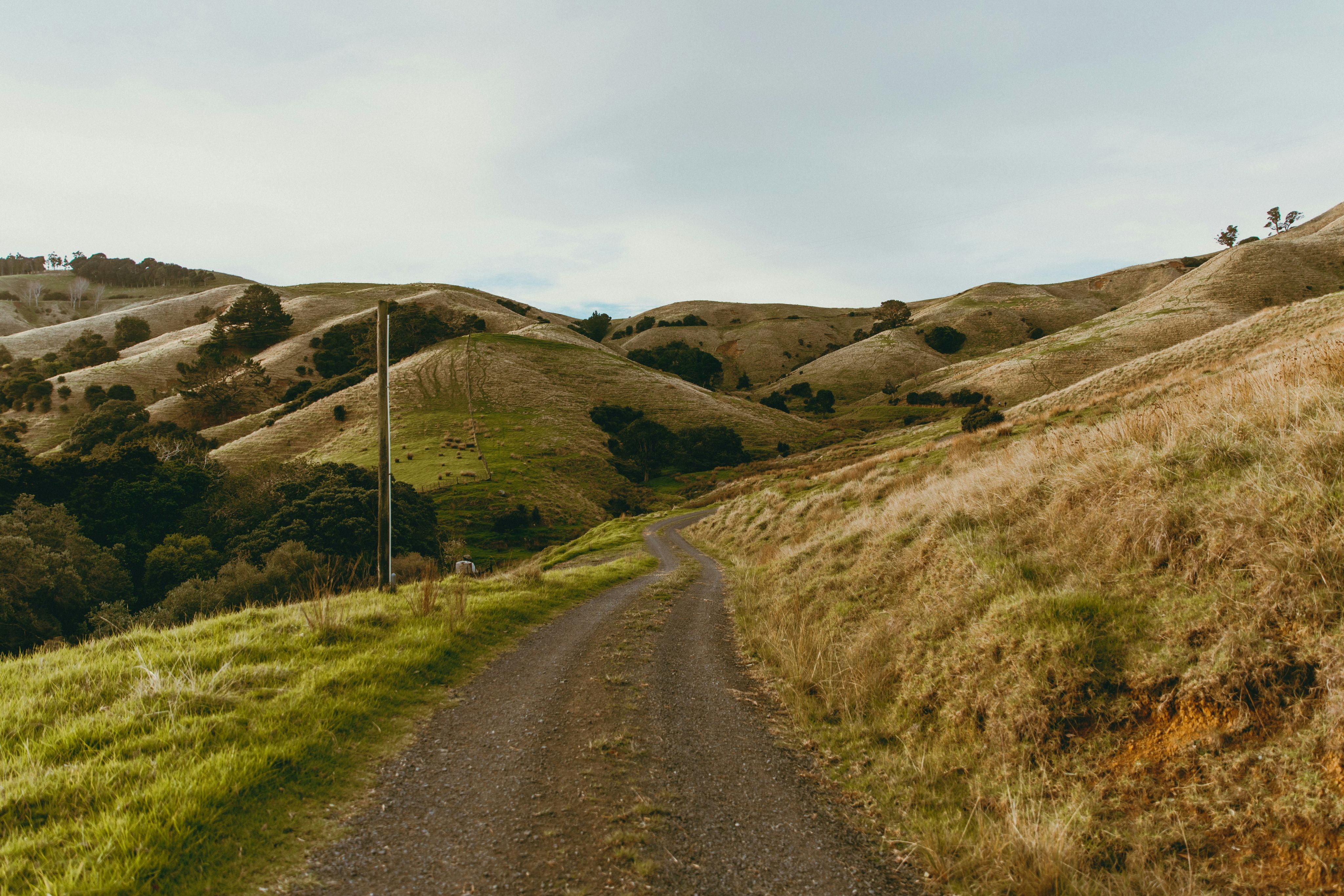
When Cyclone Gabrielle triggered prolonged power outages and communications failures – particularly for remote communities – it exposed the fragility of Tairāwhiti infrastructure.
That’s since sparked a collaboration between University researchers from Te Pūnaha Matatini, Te Weu Charitable Trust and local hapū in Tairāwhiti to design microgrids that keep the lights on and communications flowing when future extreme weather events hit.
Led by Faculty of Engineering and Design Associate Professor Michael O’Sullivan, with PhD researcher Zainab Rizvi, it aims to answer a deceptively simple question: where should solar, batteries and control systems be placed, and how should they be coordinated to deliver affordable, resilient power across marae, schools and households?
The goal of the collaboration is a network of microgrids that can operate on-grid during normal times, then off-grid to share power locally during emergencies.
“We’re trying to get a win-win-win: more renewable generation, reduced load on existing infrastructure, and improved energy well-being, taking away some of the energy hardship in Tairāwhiti,” says Associate Professor O'Sullivan.
Crucially, it’s a co-designed process anchored in the priorities of whānau and with mana motuhake (autonomy) at the fore.
“Resilience is determined by what capacity you already had before a disaster. If you didn’t have much to begin with, which a lot of our whānau don’t, then it just takes you backwards,” says Te Weu researcher Natasha Koia (Te Whanau a Rakairoa, Te Aitanga a Mate, Te Whanau a Tapuhi).
Post-Gabrielle, 22 marae have been equipped with solar systems, thanks to a coalition of funders. The question now is how to maximise that investment to benefit their communities. This includes supporting off-grid households and reducing energy hardship in a region that pays above‑average power bills despite lower incomes.
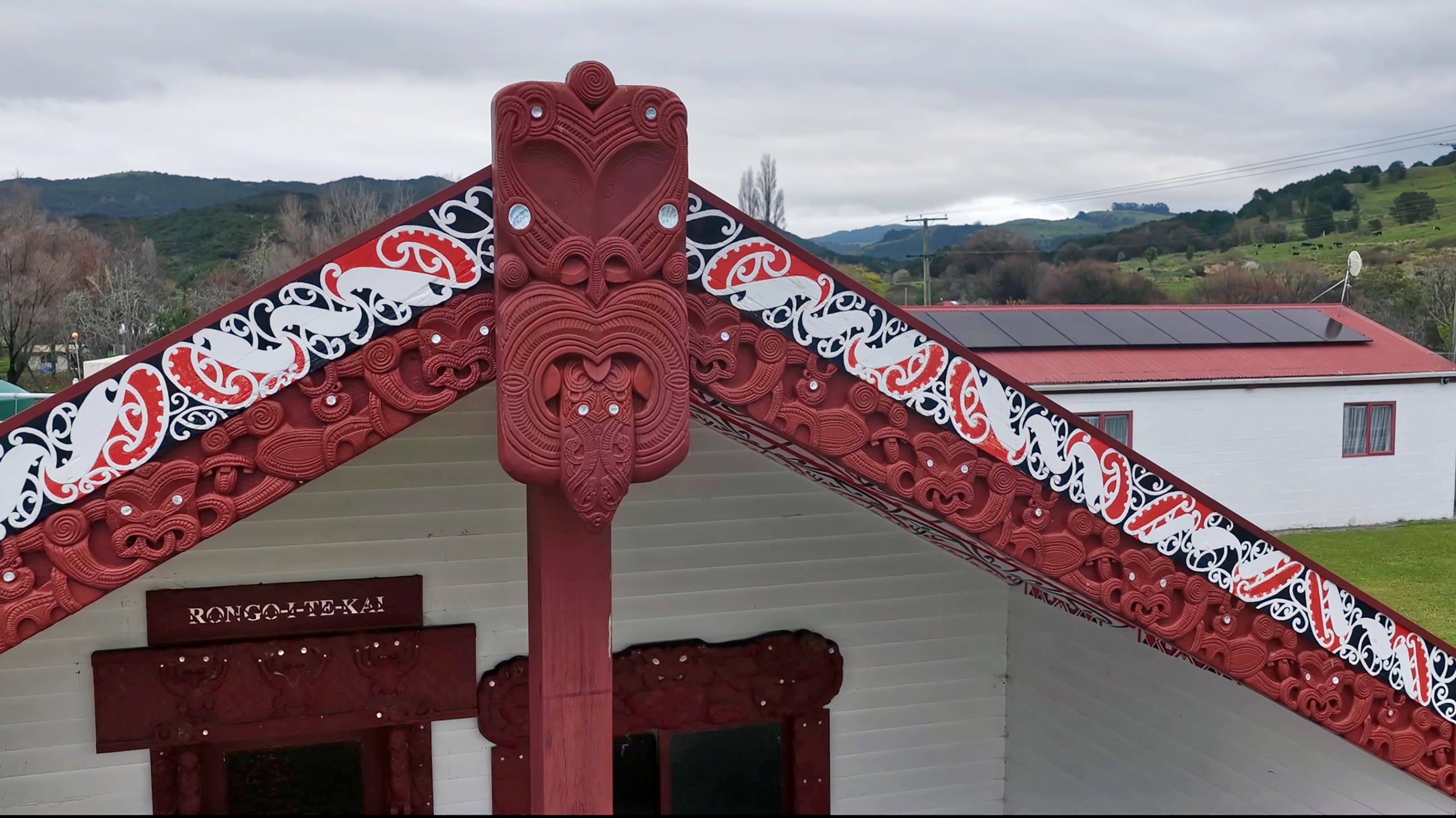
The team’s project began with modelling the national Transpower grid to test a key risk: would shifting a chunk of Tairāwhiti demand to local generation disrupt transmission flows elsewhere? Early results suggest it wouldn’t, clearing the way to focus on regional distribution.
The researchers are now building a model of the local lines network, in collaboration with Firstlight Network and the Tairāwhiti Distributed Energy Programme. This maps factors such as where load is drawn and where new solar is being installed. A smart, flexible control layer (employing the likes of sensors, smart meters and scheduling software) will optimise when to charge batteries (including from the grid at off-peak prices) and when to discharge them to support events at marae or meet household needs.
Solar is being used initially, with the community keen on robust, simple systems that are easy to use and maintain.
The researchers’ modelling will be followed by pilot programmes focused on marae. These could serve as hubs for communications, refrigeration and cooking during outages, and as exporters of surplus energy to nearby homes when the lines are working.
3. Changing cities
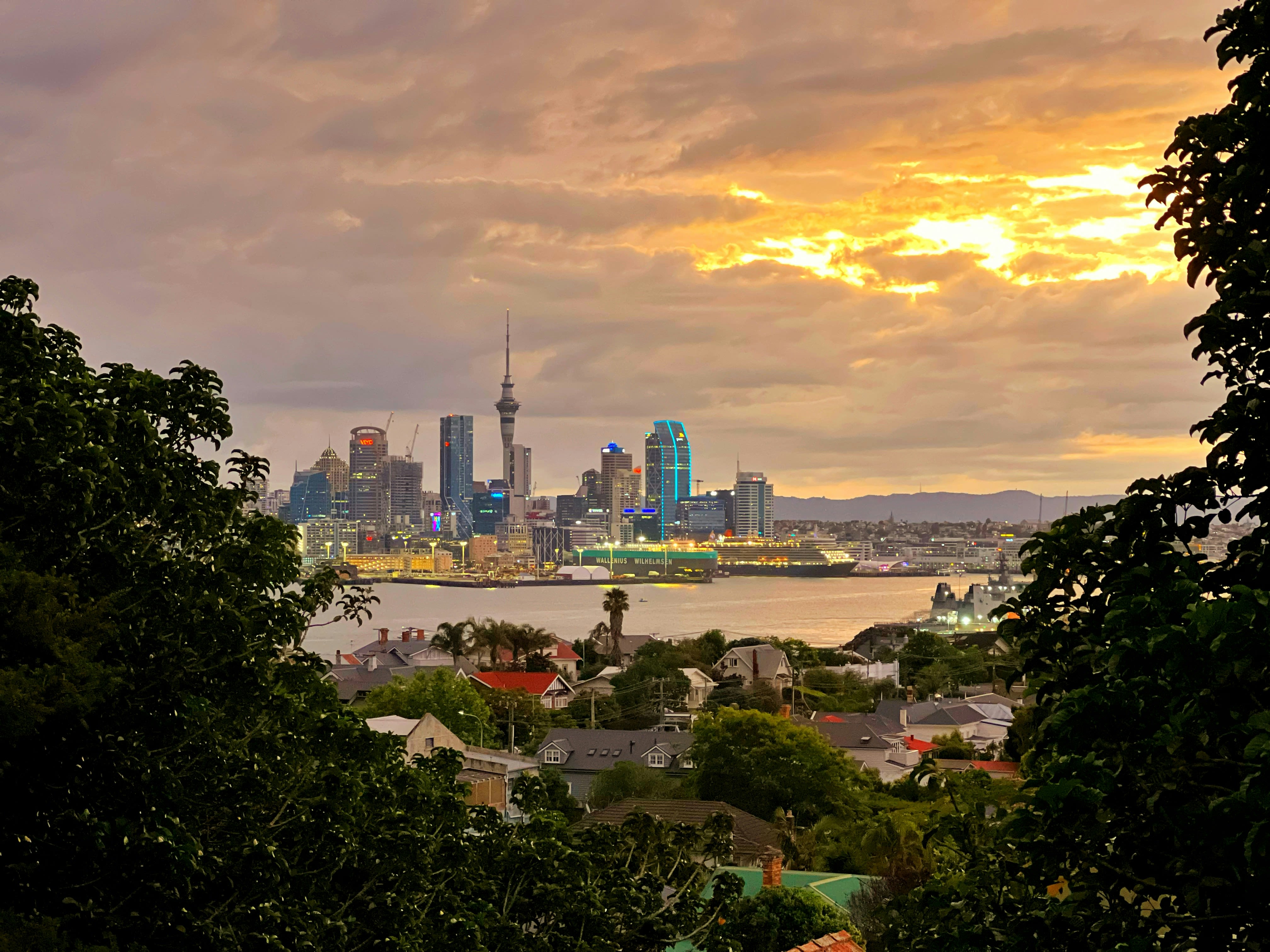
Cities are complex, layered places that require complex, layered solutions to make them more energy efficient and resilient in a changing climate.
At the University’s Future Cities Research Centre, where energy is just one strand of work, research is being undertaken in contexts from households to industrial zones to cityscapes.
“We’re interested in the complex connections across all levels of the built environment,” says its co-founder and director Professor Paola Boarin. “Optimising energy use, using less of it, and improving resilience requires a genuinely transdisciplinary approach.”
One flagship initiative targets urban industrial zones for deep decarbonisation. The project, which has almost $9 million in MBIE Endeavour funding, brings together the Centre; the University’s Ngā Ara Whetū: Centre for Climate, Biodiversity and Society; economics consultancy Market Economics; Auckland Council; and major architecture, engineering and construction firms. Focused on industrial areas with large, homogeneous rooftops and predictable energy use, the initiative pairs factory retrofits and green infrastructure (from insulation and high-performance glazing to green roofs) with local generation, such as rooftop solar.
The goal is to increase energy resilience as much as reduce emissions, says Paola. “Instead of relying on a big, centralised grid, we’re working with distributed, local power plants.”
Dr Alessandro Premier, who leads the low-carbon solutions and zero-emission economy area, is exploring how urban solar street furniture – such as bus stops and benches – can generate energy on a small scale. His team has co-designed hubs that provide access to e-bikes and e-scooters, with on-site solar panels generating renewable power to help charge them. They’re also mapping where city fabrics best support solar.
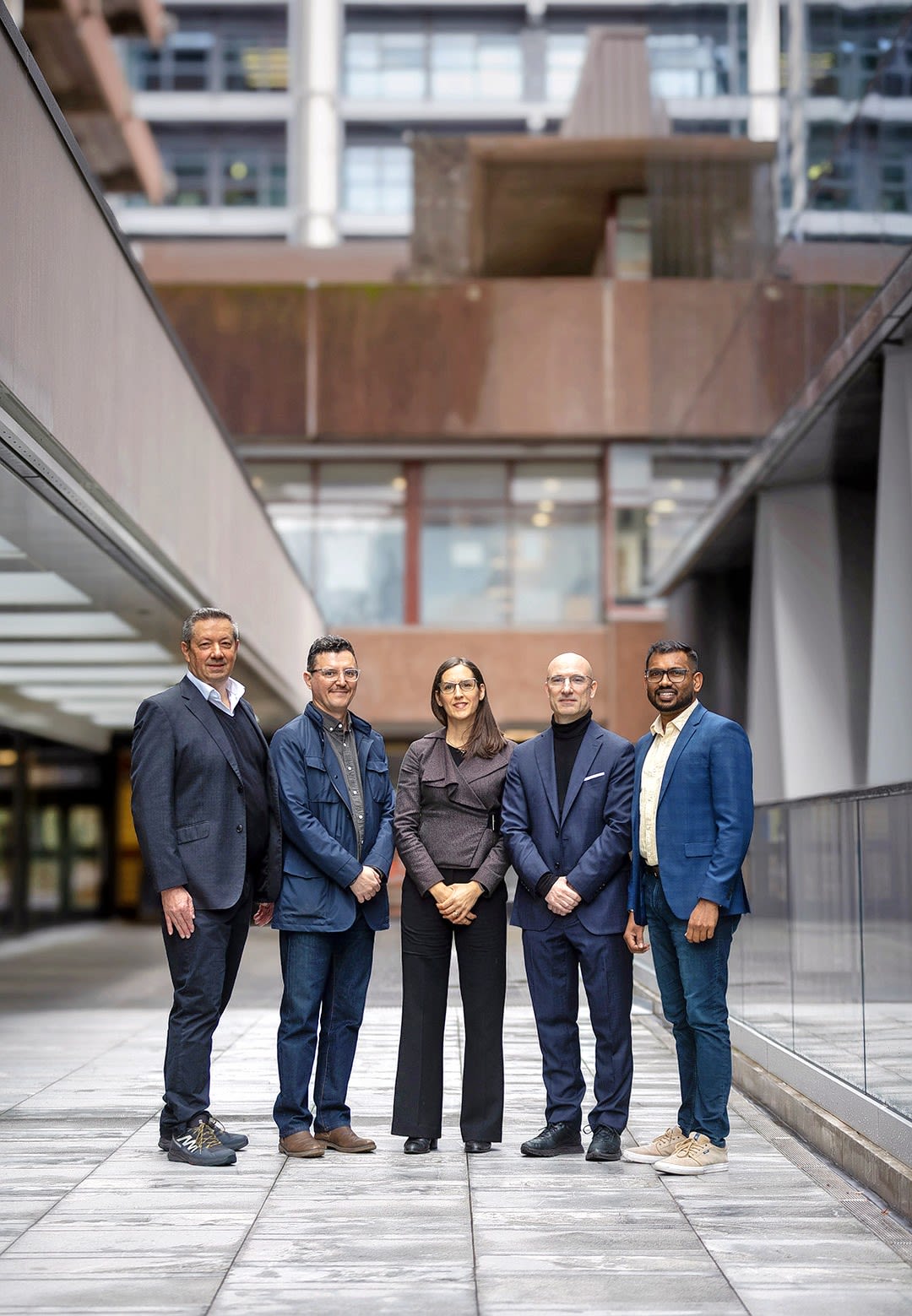
Another issue is that increasing electrification in our cities poses risks if it’s not planned for adequately, says Dr Mohsen Mohammadzadeh. The leader of the centre’s Urban Innovations domain says the push for greater electrification raises tough questions about whether New Zealand has the resources and infrastructure to cope. Evening EV charging, for example, already overlaps with peak demand.
“If we don’t expand capacity and manage demand smartly, it could be a disaster. The question is, who pays, and are we planning five, ten, 15 years ahead?”
At the household level, Baorin and Premier have overseen an evaluation (conducted by centre member Luis Medrano) of around 60 government-backed house retrofits in Dunedin, which found a gap between expected and actual outcomes.
“With limited budgets, you get shallow retrofits and one-size-fits-all measures,” says Baorin. Put a subsidised heat pump in a draughty, single-glazed home and it may hardly warm the place – but it will still cost more to run.
Our workforce is also not sufficiently skilled for deep retrofits, she says, and designers and builders need training tailored to New Zealand’s unique housing stock. Because, as she points out, only about 2 percent of our buildings are new.
“The clean energy future will be won in the existing city,” she says, “if we commit to doing retrofit properly.”
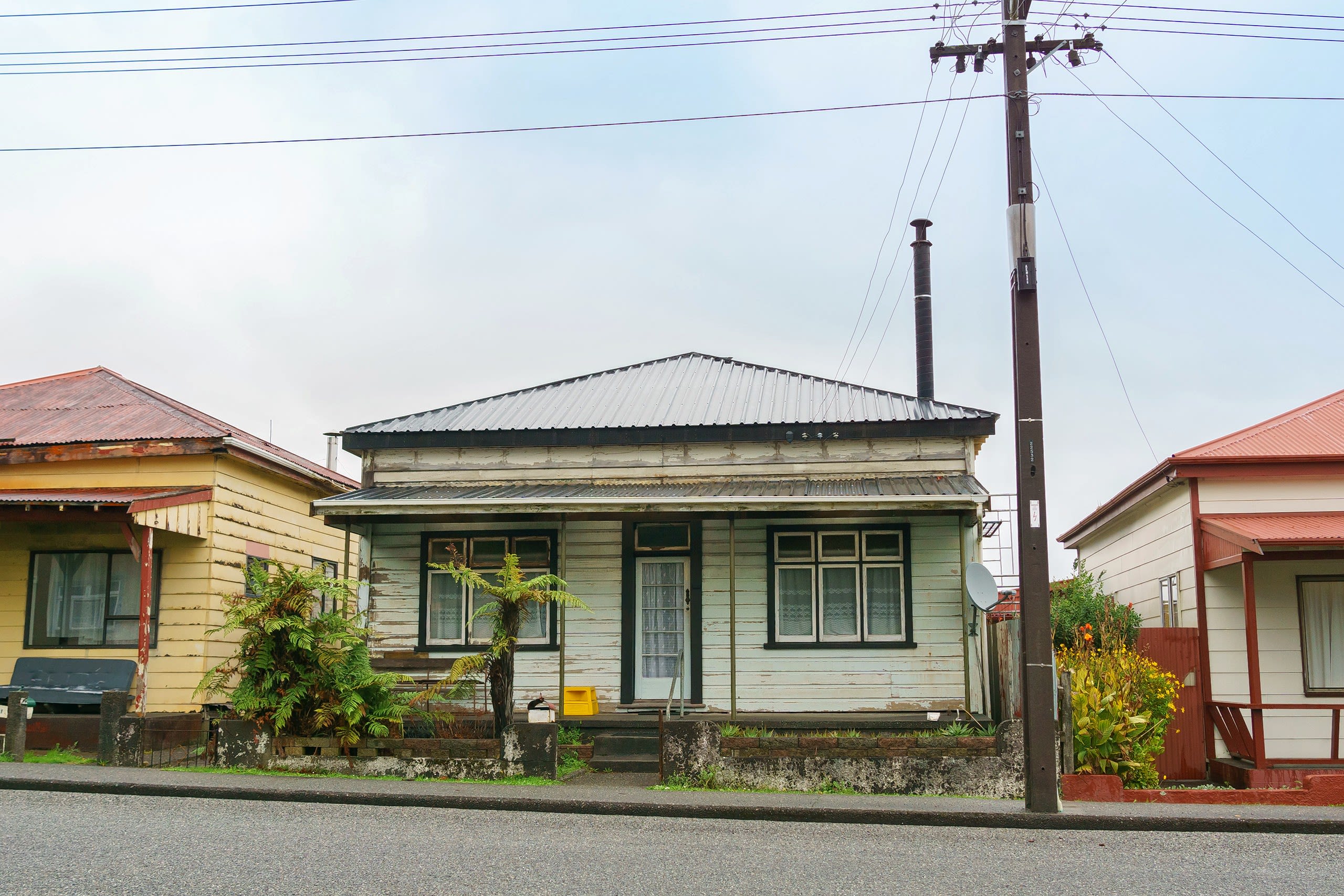
4. Capturing carbon in rock
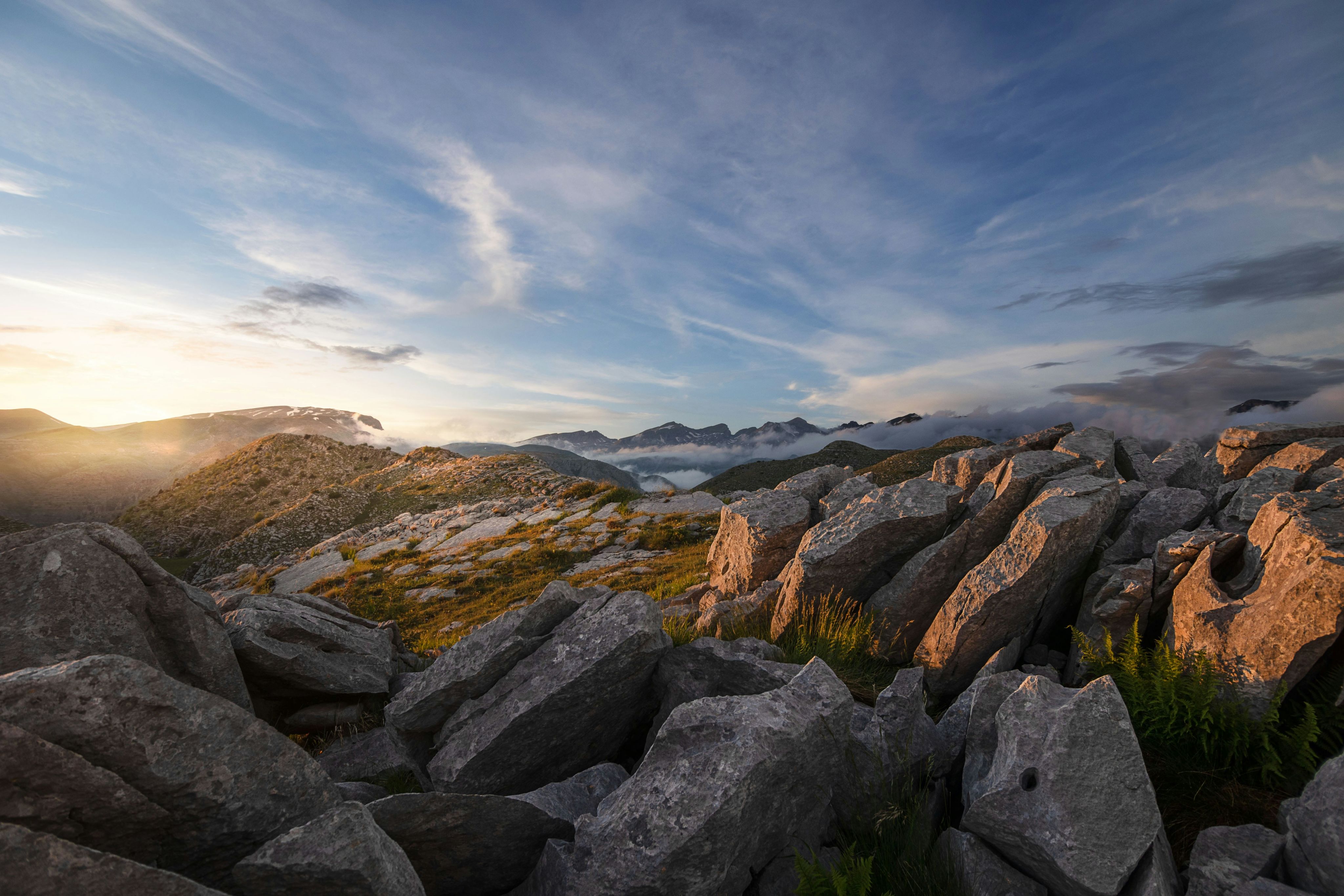
In the search for answers to a more sustainable energy future, Associate Professor Mila Adam is turning to stone.
Adam is studying how carbon dioxide can be safely stored in rock, locking it away as stable minerals instead of gas that might leak back to the surface.
The University of Auckland geophysicist says finding ways to securely capture and store CO2 emissions long term is essential.
“Even with the rapid shift to renewables, New Zealand and the world are not on track to meet their commitments to the Paris Agreement [international climate change treaty]; we’ll also need to take carbon out of the atmosphere.”
She explains that the type of rocks is important, “because they can allow you to convert the CO2 into a mineral”. In particular, she notes that basalt that’s rich in iron and magnesium can speed the transformation of CO2 into solid-form carbonates.
Working in the lab and the field, Associate Professor Adam aims to understand what happens to real, intact rock cores when CO2‑rich fluids flow through them under geothermal conditions. Her team tracks changes in rock porosity and permeability, key to keeping reservoirs in geothermal fields flowing, and uses seismic methods to detect mineral formation underground, offering a way to monitor the performance of CO2 storage deep beneath the Earth’s surface.
In experiments on US and Auckland basalts, carbonate crystals formed in 20 to 30 weeks – a rapid timeframe in geothermal environments.
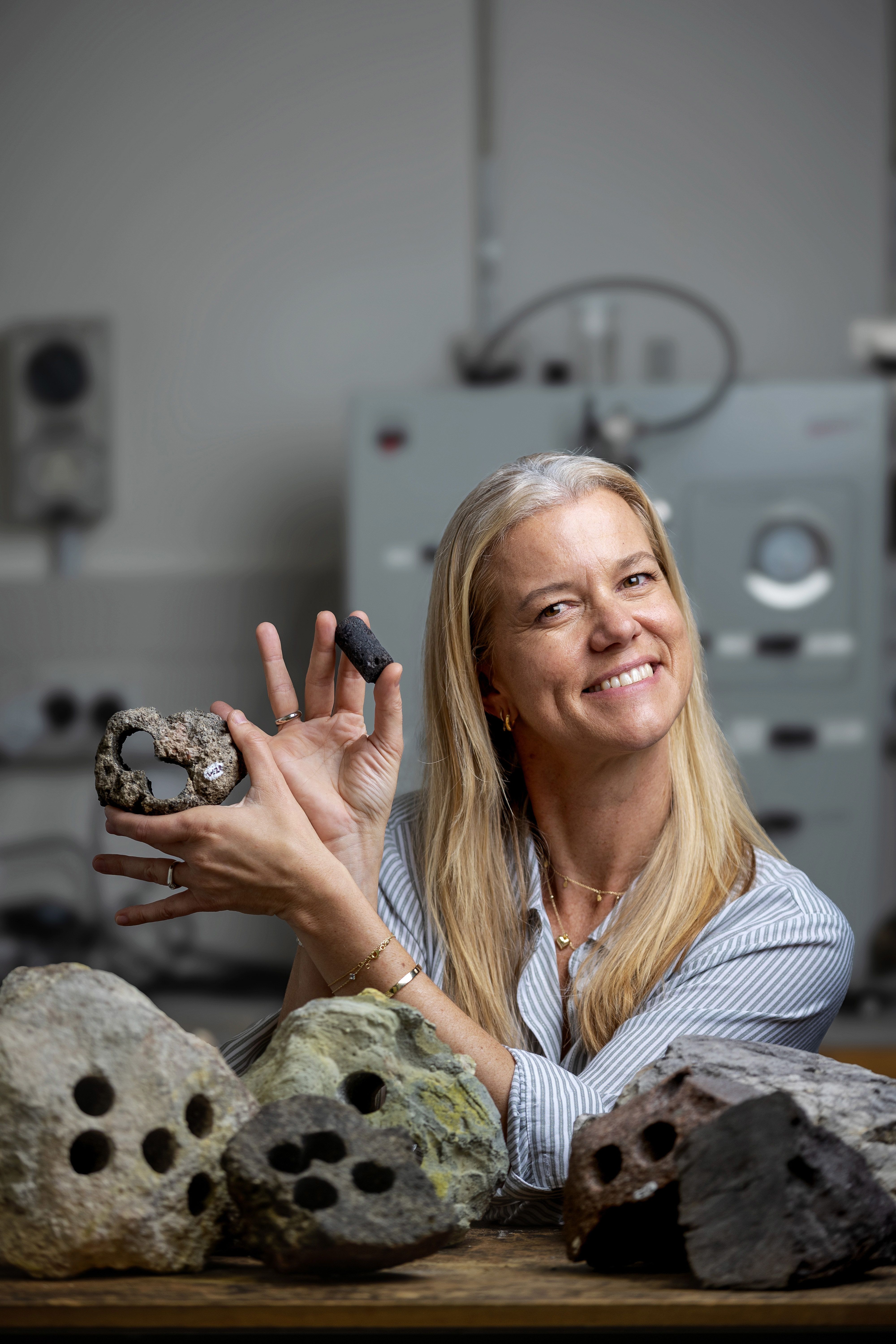
Adam is also part of an MBIE Endeavour programme led by the University of Canterbury’s Associate Professor David Dempsey, exploring carbon dioxide removal across several pathways. One of these is bioenergy with carbon capture (BECCS). A concept with standout potential for New Zealand marries BECCS with geothermal.
The idea is to use forestry slash to boost heat output at geothermal plants, capture the resulting CO2 in water produced in the plants, then reinject it into potentially reactive layers of rock, where it mineralises. This would create a local, closed‑loop system that generates energy and permanently stores carbon.
New Zealand has existing geothermal-field infrastructure and CO2 is already being reinjected at two geothermal fields. Adam’s lab work will help identify the right rock layers that promote mineralisation and avoid simply cycling CO2 back to the surface.
She’s candid about the hurdles – factors such as policy gaps, and iwi and community concerns about induced seismicity and leakage – which the project also aims to address. However, her work could help New Zealand turn two big waste problems – CO2 and forestry slash – into potential solutions for a lower‑carbon future.
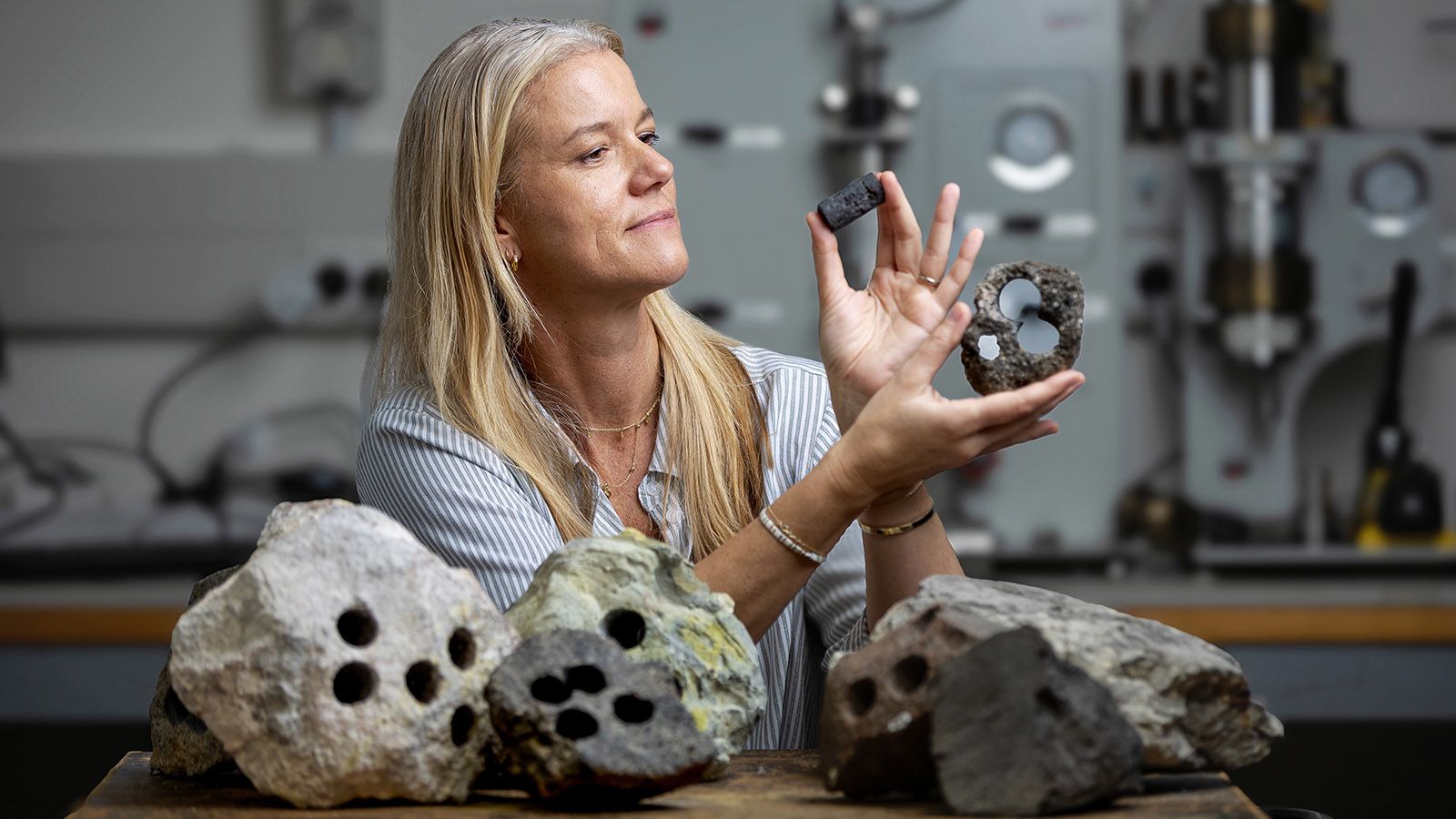
Article first published in Ingenio, the University's alumni magazine.
